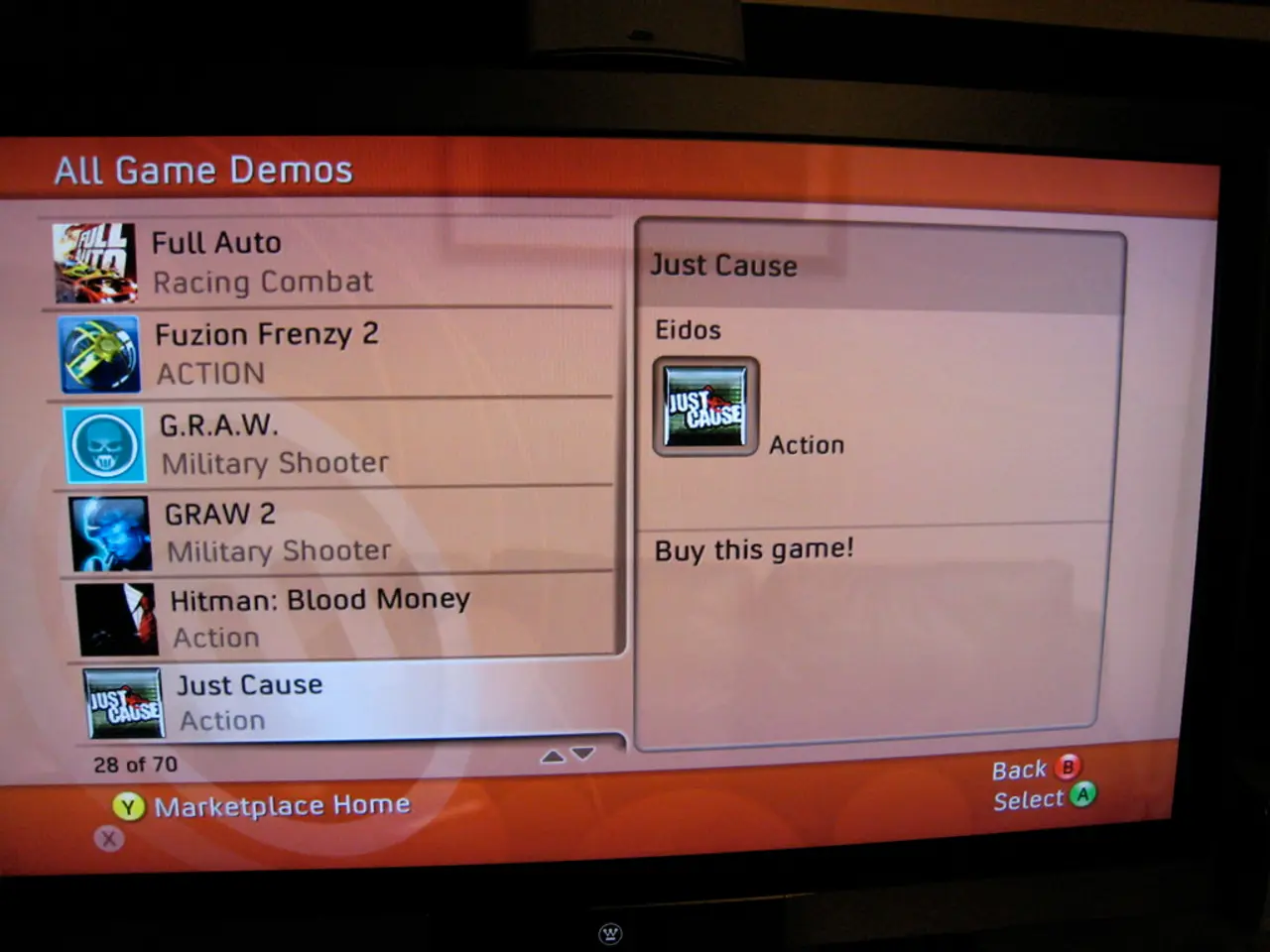Immerse Yourself in Other Realms: Dining in the Digital Age with VR Restaurants
Transforming Dining Experiences with Virtual Reality
The fusion of artificial intelligence (AI) and robotics is set to revolutionize the dining industry, offering highly personalized experiences tailored to individual preferences. This transformation is particularly significant in the realm of restaurant virtual reality (VR), a technology that promises to elevate dining experiences to new heights [1].
Restaurant VR, often coupled with Augmented Reality (AR), is poised to redefine the future of dining. By providing customers with the ability to preview dishes in 3D, explore virtual cooking demonstrations, and engage with menus dynamically, it enhances anticipation and satisfaction before the meal even arrives [1][3].
Key benefits of VR/AR in restaurants include interactive 3D visualization, immersive experiences, personalization, operational efficiency, and enhanced accessibility [1][2][3]. For instance, customers can see realistic models of dishes via AR QR codes, helping them make informed choices and reducing uncertainty about unfamiliar items [1]. VR can transport guests to simulated kitchens or themed environments, transforming dining from a simple meal to a multi-sensory journey [3].
However, successful implementation depends on balancing technological investment with customer acceptance and operational integration challenges [1][2][3][4]. High initial setup costs and the need for technical expertise can hinder rapid deployment, especially for smaller or traditional restaurants [3]. Some customers may find VR headsets cumbersome or distracting, and older demographics may be less inclined to engage with these technologies [3].
Ensuring smooth interoperability between VR/AR interfaces, POS systems, and kitchen workflows requires careful planning. Developing high-quality, accurate 3D models and immersive experiences demands specialized skills and ongoing updates to maintain menu relevance [1]. Shared VR devices may raise concerns about cleanliness unless hygiene protocols are strictly enforced [4].
Despite these challenges, the market for restaurant virtual reality is expected to grow, with more restaurants around the world incorporating it into their dining experiences as VR technology becomes more affordable and widespread [4]. As VR technology evolves, improvements in sensory feedback, haptic technology, and more immersive 3D environments are expected [4].
It is important to note that restaurant virtual reality is not intended to replace traditional dining but rather to add an exciting new layer to the culinary world. For instance, it could potentially reduce food waste by offering the illusion of eating exotic or hard-to-find dishes without the environmental impact of sourcing these foods [4].
Implementing restaurant virtual reality comes at a high cost, with substantial initial investment for hardware, software, and development, as well as ongoing costs for maintenance and updates [4]. Glitches, technical difficulties, and the need for constant updates can disrupt the restaurant virtual reality experience [4].
In conclusion, restaurant Virtual Reality and related augmented reality technologies offer innovative ways to elevate dining experiences through visualization, personalization, and operational improvements. However, successful implementation depends on balancing technological investment with customer acceptance and operational integration challenges [1][2][3][4].
[1] Virtual Reality in the Restaurant Industry: A New Era of Dining
[2] The Future of Dining: How Virtual Reality and Augmented Reality are Transforming the Restaurant Industry
[3] Restaurant Virtual Reality: The Next Big Thing in Dining
[4] Virtual Reality in Restaurants: A Look at the Future of Dining
Gadgets like VR headsets and mobile devices are essential tools in the integration of technology in the restaurant industry, allowing customers to preview dishes in 3D or virtually explore themed environments. The increasing popularity of technology such as augmented reality (AR) and virtual reality (VR) has the potential to revolutionize the dining scene with gadgets becoming commonplace for enhancing dining experiences.




